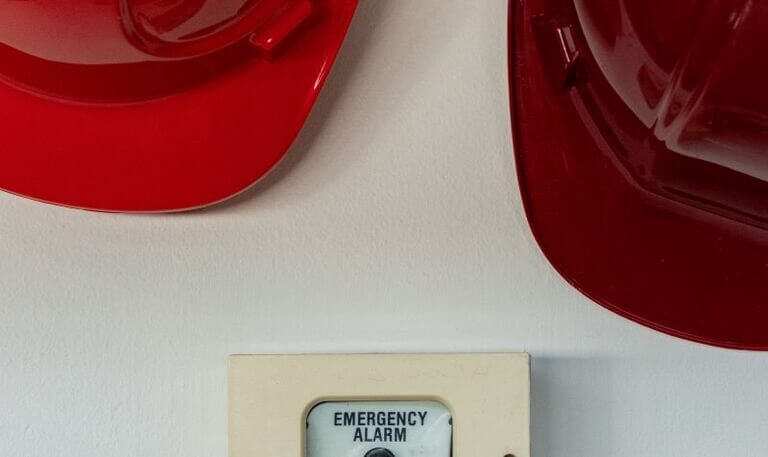Disasters don’t wait: Make a plan today!

Did you know that September is National Preparedness Month? This month is officially designated, but the US government to promote family planning in case of emergencies. As we continue to fight COVID-19, involving the family in preparing for an emergency can reduce fear and anxiety that comes with unexpected events. It may also save lives.
In September, we will be doing a four-part series that can help you plan and respond to emergencies in your home and community. This week we will focus on how to make a family plan for emergencies.
Step 1: Family Meeting!
Before you begin your family preparedness plan, have a family discussion about common safety concerns in your area. These could be weather events like hurricanes or tornadoes and home emergencies like fire, power outage, and injury. Some important question to ask:
- What have the kids learned about planning for disasters in school or scouts?
- How will we receive emergency alerts and warnings? How will this information be communicated to the family?
- What is our shelter plan?
- What is our evacuation route?
- What happens if we get separated?
- What are the unique needs of our family? This can include age, ability, diet, or pets.
If your children are anxious about the topic, consider showing this super cute video where kids give an introduction to emergency planning. They are called the “Disaster Dodgers.” So cute.
Introduction to Emergency Planning
Step 2: Fill out a Family Emergency Plan
A family emergency plan can help you think through important questions that can save critical time when it matters. An emergency plan is a place to collect contact information, set meeting places, and identify what supplies you may need (we will talk more about supplies next week). Find a great family emergency plan template here.
Step 3: Practice!
Consider practicing actions that require cooperation, especially from children or pets. A friend has an amusing story about her first tornado in Oklahoma, her 150-pound dog, and his unwillingness to go into the tornado shelter. This video may help!
Next week we will tackle how to make an build an emergency kit!
